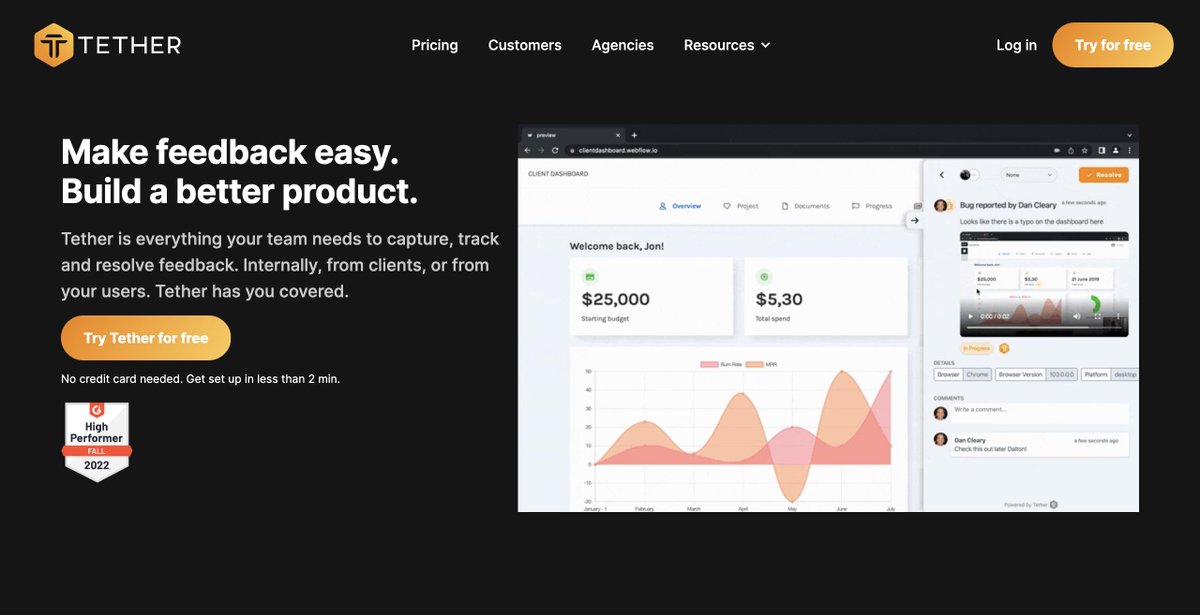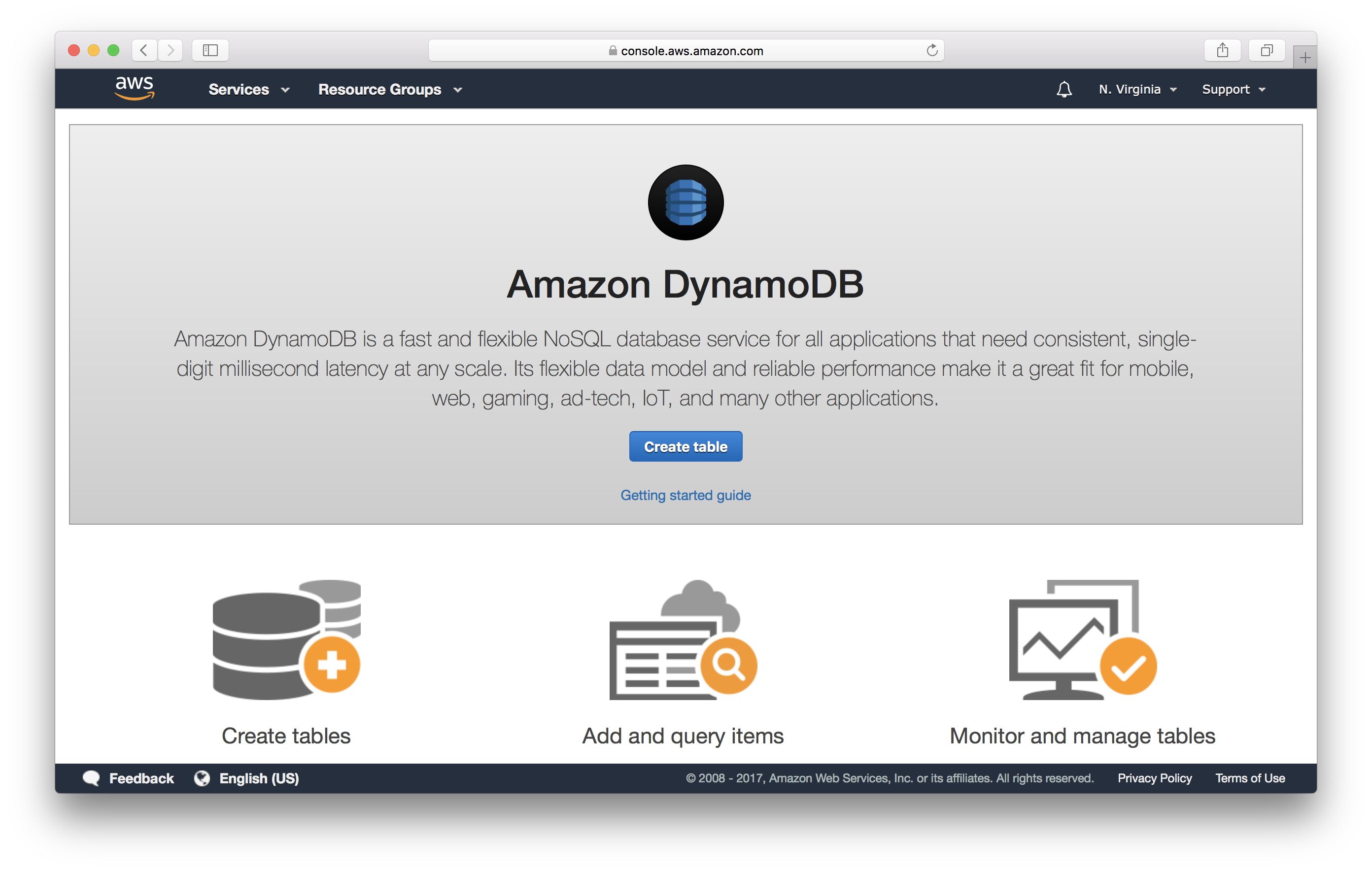

The way UIs present those values is implementation specific, but in the absence of explicit user-provided value, clients can use the default value by leaving out the option or explicitly send the default value. ĭescribes the default value that the engine assumes if clients don’t provide an explicit value. That is, enforces an option whose type is a one-dimension array of numbers. This denotes that the type of the option is an array of said type.

A string with value of either "string", "number", or "boolean".The value of the dataType field, if set, must be either: null is a supported value and conforms to all types. The only supported types are the equivalent of JSON types string, number, boolean, and one-dimensional arrays of the earlier sections. ĭescribes the type of the acceptable values for this option. However, the technical key to pass the value must use the camelCase name. For example, projectName -> Project Name or projectName -> -project-name.
#Serverless naming camelcase free#
UIs are free to turn the camelCase name into some other label for presentation. Name must use lower camelCase and no two options can be declared with the same name. ĭenotes the name of a top-level entry in the model at runtime. In the rest of this specification, the notation somekey refers to a multivalued property. All other fields are out of scope of this specification and are silently ignored by the engine.Īccelerator.options is a list of sub objects defined in the following sections. Options are defined by their name, dataType and optional defaultValue. Options: # some properties of options are also ignored by this specĭescription: The build tool to use for the projectĭescription: Whether to add Continuous Integration config files Metadata for optionsĪ sample annotated manifest is shown in the following example: accelerator: # the first 3 properties are out of scope of this spec Those parts are out of the scope of this document. Other parts of the file can be used to alter the presentation, including the presentation of user input widgets in some UIs. That is, the metadata that affects the behavior at runtime of the engine.
#Serverless naming camelcase code#
Using async in your function code doesn’t automatically designate a function as a background function.This section describes the parts of an accelerator manifest file that are relevant for the processing of an accelerator.

To add a serverless function to your project, create a TypeScript file in your functions directory following the instructions below for naming and coding your function.


 0 kommentar(er)
0 kommentar(er)
